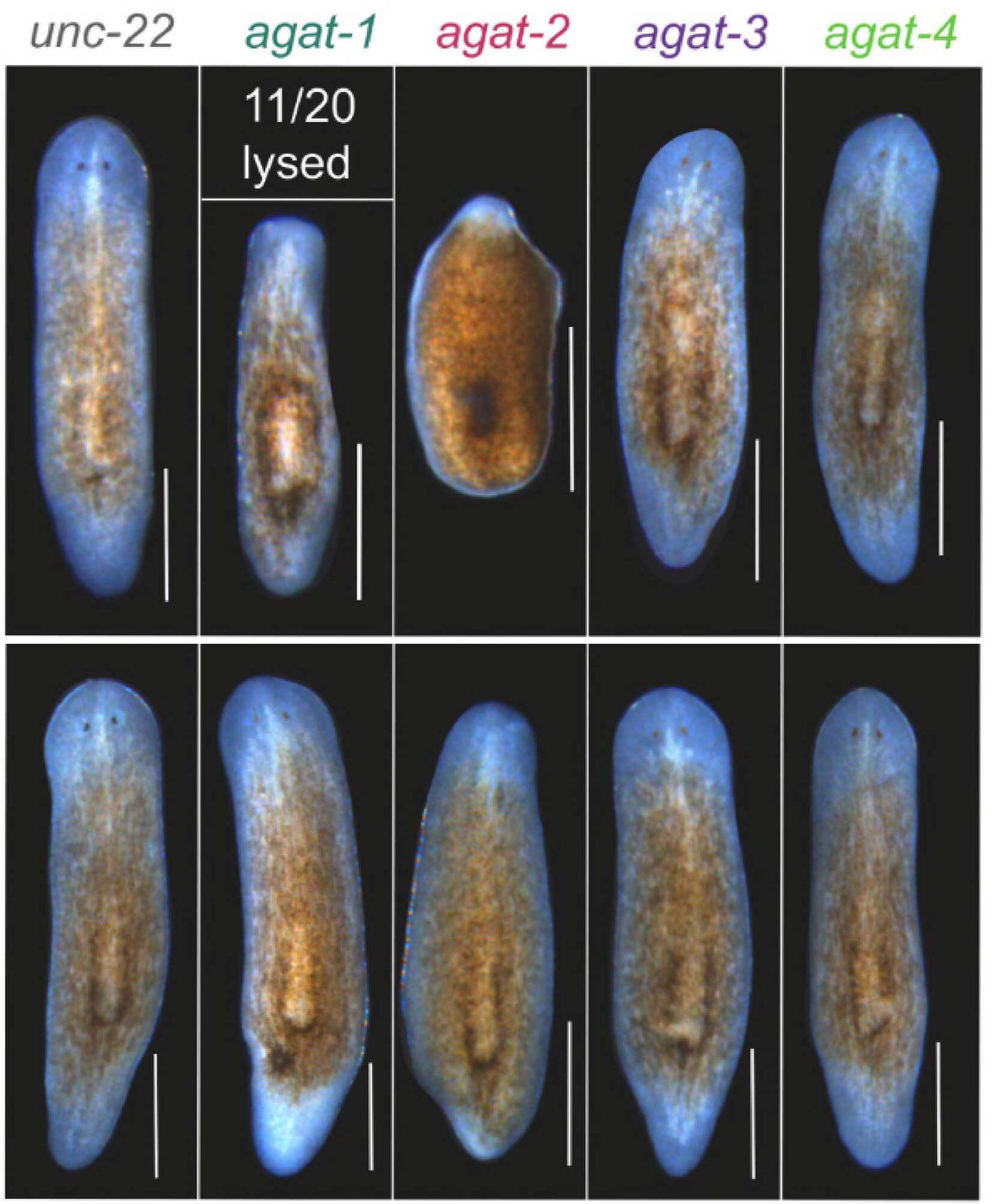Cavefish are an excellent research organism to study metabolism because they remain healthy despite having high levels of body fat and blood sugar. “They can shed light on metabolic disorders such as diabetes and obesity,” explained Jaya Krishnan, PhD, a senior research associate from the lab of Nicolas Rohner, PhD. “The fact that these fish are apparently healthy, despite having these extreme traits is, by definition, a good place to ask, ‘How do you deal with that?’ ” Rohner added.
New research from the Stowers Institute examines how two cavefish colonies of the tetra river fish, Astyanax mexicanus, independently evolved in a very similar manner. In a recent paper published in Nature Genetics on May 12, 2022, Krishnan and coauthors explored genomic differences between cavefish and river fish. The researchers created an epigenomic map—a map ‘on top of’ the genome—revealing the level of accessibility of different regions of DNA, and then probed the map to find clues to cavefish metabolic adaptations.
The team compared the accessibility of various sections of DNA of two cavefish populations, Pachón and Tinaja, to their river fish counterparts. Regions of DNA that are more accessible or open for molecular interactions are generally associated with enhanced gene activity. Their research focused on cells from the liver, a hub for various metabolic processes, and revealed that the epigenomic landscapes of the Pachón and Tinaja colonies were more similar to each other than to river fish, a compelling indication of convergent evolution.
Close examination of the differentially accessible regions of DNA enabled the researchers to identify many cis-regulatory elements (CREs) within them. CREs are non-coding DNA sequences located throughout the genome that regulate the activity of nearby genes. For instance, proteins called transcription factors can attach to these stretches of DNA, and either increase or decrease a nearby gene’s rate of transcription, the process of generating RNA instructions for making proteins. Human genome studies have revealed that more than 90% of the mutations associated with complex metabolic disorders are in non-coding regions. Knowledge about cavefish genetic mutations in regulatory elements and the role they play in metabolism can potentially help determine targets for drugs treating metabolic conditions in humans.
Krishnan’s study is the first time CRE regions have been mapped for cavefish liver cells, making the data an exciting new resource for their lab as well as the wider scientific community. Comparative biologists, for example, could look for similarities between cavefish DNA and that of other starvation-resistant animals, such as hibernating bears.
“It's a very good foundation for us or anyone to now ask relevant questions in relation to metabolism, diet, and adaptation,” Krishnan stated. “Those may be one of the most important sets of regions that are changing.”
The epigenomic mapping in fact revealed genetic differences in CREs in cavefish compared to river fish that may have contributed to their metabolic evolution. Small genetic mutations in a CRE that regulates a gene important in liver metabolism called hpdb were remarkably similar in both cavefish populations, with cavefish exhibiting enhanced hpdb gene activity and protein production. The Hpdb protein is involved in metabolic activity that essentially converts the building blocks of pigment, or melanin, into energy. Since cavefish lack pigmentation, the finding suggests that over time, pigmentation may have been exchanged for increased total energy reserves as a strategy for survival in a nutrient-limited environment.
The mutated CRE regulating the hpdb gene is just one of many CREs the team is exploring. Their study provides a template for how to answer questions about non-coding DNA’s relevance not only to metabolism, but to gene expression as a whole. Future studies include continuing to examine how cavefish can have high body fat and diabetic symptoms yet remain healthy. “We want to understand how the non-coding part of the genome contributes to how the cavefish are resistant to ill effects—glucose toxicity for instance,” Krishnan explained.
The extraordinary similarity in which the two independently derived cavefish populations evolved in the absence of light and without a steady nutrient supply may contribute to our understanding of how these mechanisms might be adapted to treat metabolic disorders in humans such as obesity and diabetes.
“We know only a handful of genes that could be therapeutic targets, that's all,” said Krishnan. “This means we need to adopt novel ways to identify such potential genes so that we can investigate them for therapeutic purposes, and cavefish are a very powerful system for us to do that.”
Coauthors include Christopher W. Seidel, PhD, Ning Zhang, PhD, Narendra Pratap Singh, PhD, Jake VanCampen, Robert Peuß, PhD, Shaolei Xiong, Alexander Kenzior, Hua Li, PhD, and Joan W. Conaway, PhD. This work was funded by JDRF, the Edward Mallinckrodt Foundation, the National Institutes for Health (award R01GM127872), the National Science Foundation (award IOS-1933428), the Enabling Discovery through GEnomics of the National Science Foundation (award 1923372), the Deutsche Forschungsgemeinschaft (award PE2807/1-1) and by institutional support from the Stowers Institute for Medical Research.





